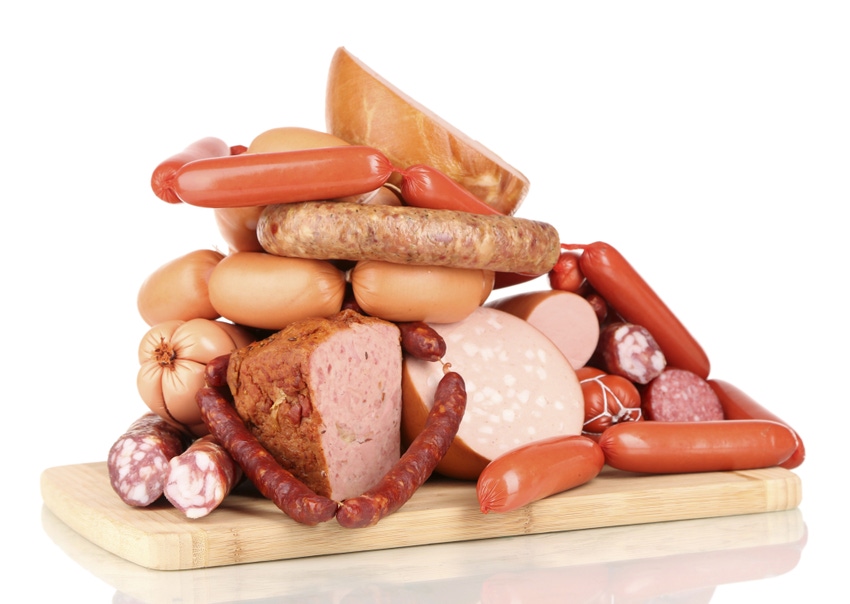Microbiology may aid art of making better sausage
Study's purpose was to gain better knowledge of microorganisms, metabolic pathways and biochemical reactions in each step of making fermented sausage.
December 5, 2017

Fermented sausages, such as salami and chorizo, can vary in taste quality depending on whether the fermentation begins "spontaneously" or by using a commercial starter culture.
A team of investigators in Italy found that commercial starter culture produced sausages with higher acidity and inferior taste compared with those made through spontaneous fermentation. The research was published Dec. 1 in Applied & Environmental Microbiology, a journal of the American Society for Microbiology.
Spontaneous fermentation is primed by bacteria that are endemic to the sausage.
"Usually, initial conditions select 'good microbiota,' which start the fermentation," said corresponding author Dr. Luca Cocolin, professor of food microbiology, agricultural microbiology and food technology sector in the department of agricultural, forest and food sciences at the University of Turin, Italy. However, "it is hard to control spontaneous fermentation, because even if the conditions for their development are correct, the bacteria don't always initiate the process."
Cocolin noted that "more rigorous controls have to be implemented in order to guarantee the product's safety," and all of this is "why the use of starter cultures makes fermentation much easier."
The study's purpose was to gain a better knowledge of the microorganisms, metabolic pathways and biochemical reactions in each process — knowledge that might be used to mitigate their shortcomings and improve the sensory qualities of the final product �— taste, smell, mouth feel, etc.
Using next-generation sequencing techniques, the investigators identified the relevant microbes and mapped the metabolic pathways, Cocolin explained. Additionally, they used another methodology that couples gas chromatography with mass spectrometry (GC-MS) to determine and quantify the metabolites produced during fermentation.
"Next-generation sequencing makes it possible to determine which microbes are present in complex ecosystems and what they are doing," Cocolin said.
For example, the investigators found an increase in the density of lactic acid bacteria and Staphylococcaceae in the inoculated meat samples compared to the meat that fermented spontaneously. In the latter, Lactobacillus sakei and Lactobacillus curvatus were the most abundant microbes. The so-called KEGG analysis (Kyoto Encyclopedia of Genes & Genomes) the investigators performed mapped 1,774 genes within 21 metabolic pathways.
"The over-activity of the starter culture-inoculated sausages resulted in increased acetic acid and short-chain fatty acids," Cocolin said. These compounds added notes that he described as "pungent, vinegar, cheesy and weedy" and resulted in a final product that was less than salutary.
Conversely, "the greater presence of medium- and long-chain fatty esters enhanced the sensory profile of these sausages" by imparting a scent incorporating notes of "fruity wine, waxy sweet apricot and banana brandy," said Dr. Ilario Ferrocino, a post-doctoral student in Cocolin's lab.
"My laboratory has been involved in meat fermentation since the 1990s, and considering the importance of the fermented sausage in Italy at gastronomic, traditional and economic levels, we wanted to investigate better the role of spontaneous biota and inoculated starters in the fermentation process," Cocolin said.
"A deeper knowledge of the fermentation process allows the food producers to control better the microbiota, generating final products with high quality and safety," he added. By modulating the activity of the microorganisms, it will be possible to produce fermented products with different sensory profiles, which will enable production of a larger diversity of products.
The American Society for Microbiology is a life science society comprised of more than 50,000 scientists and health professionals; its mission is to promote and advance the microbial sciences.
You May Also Like



